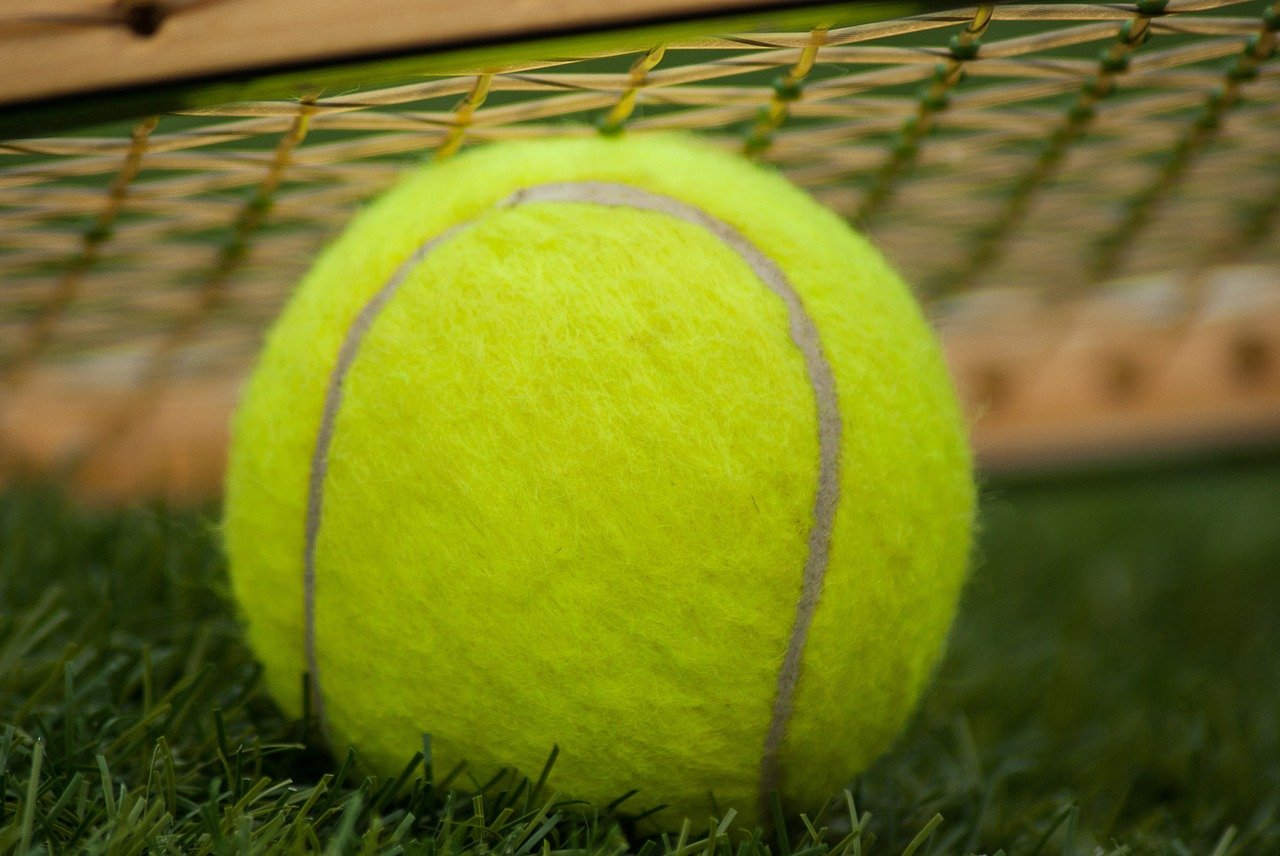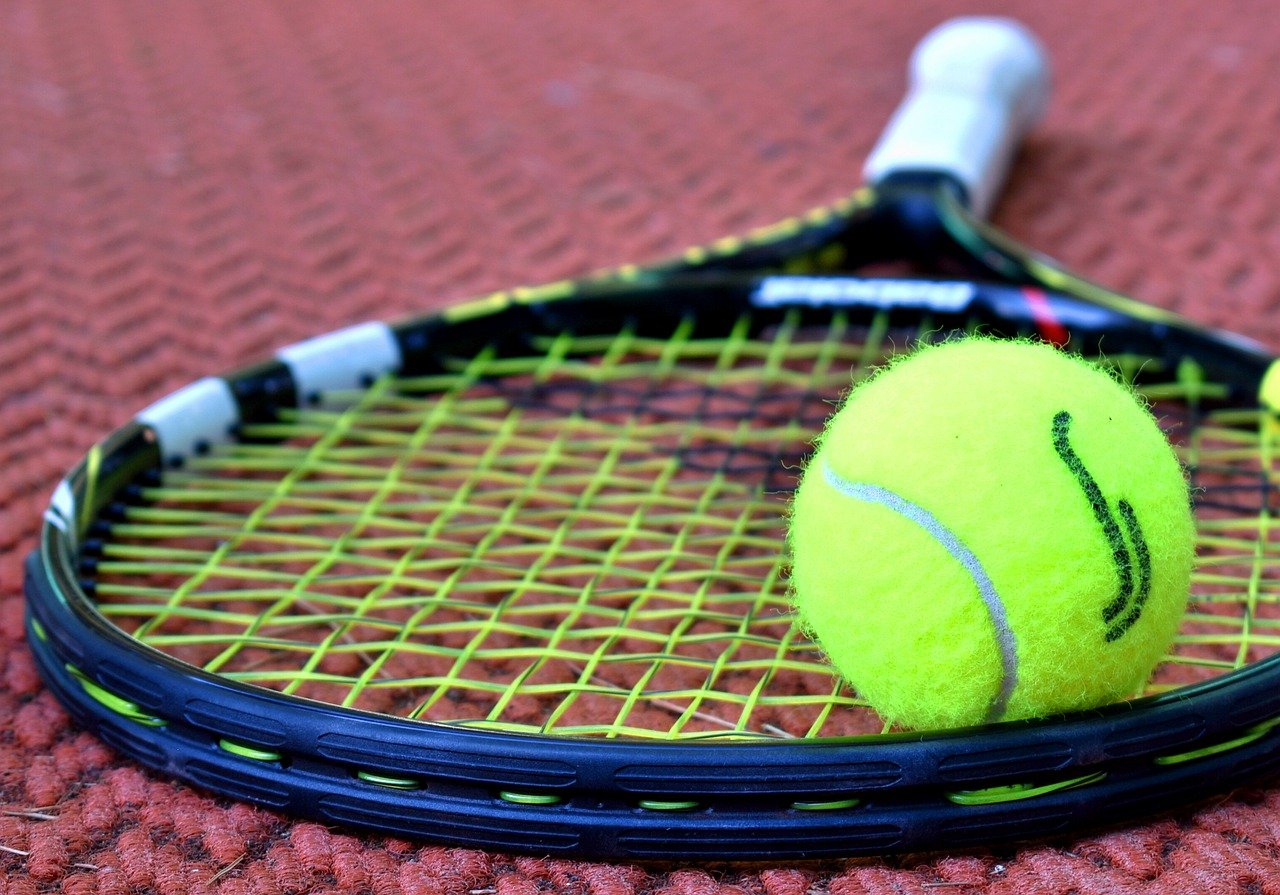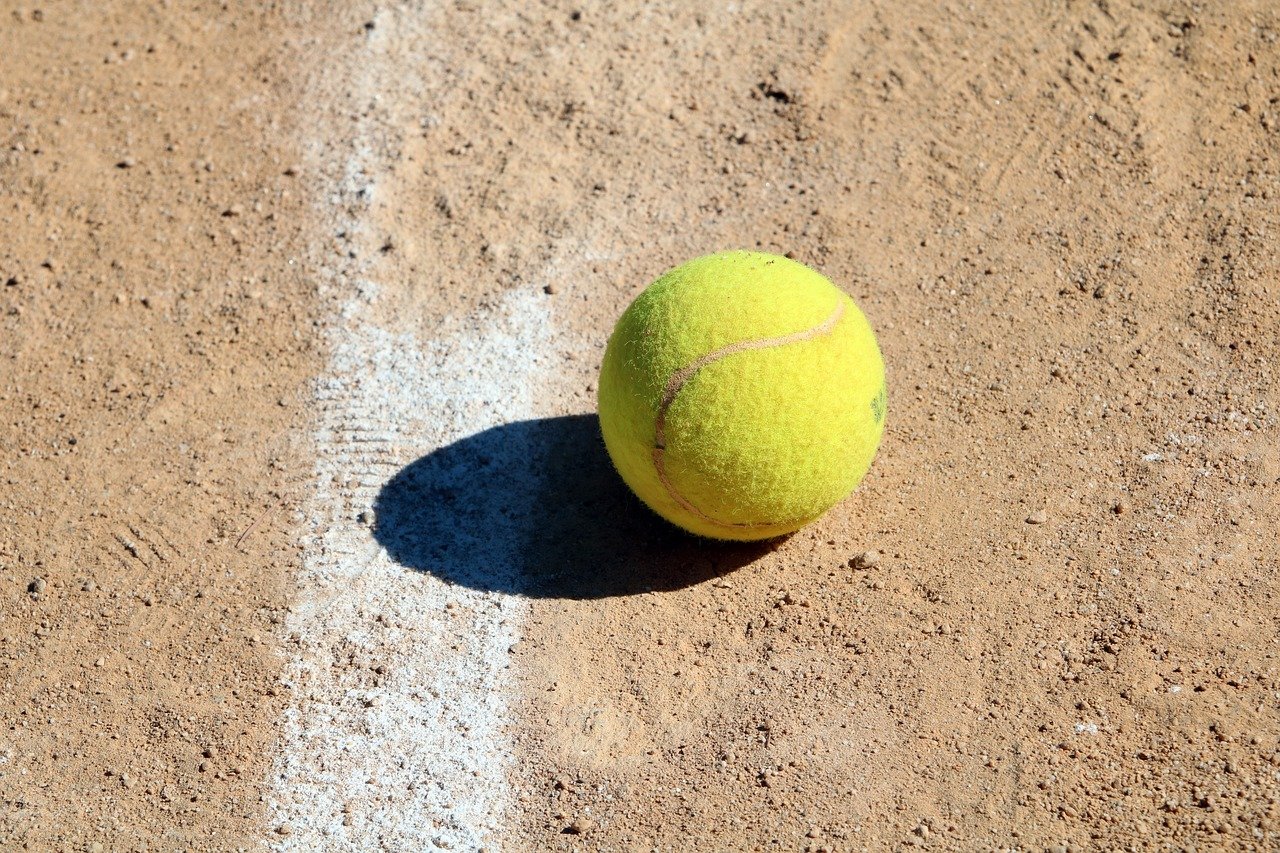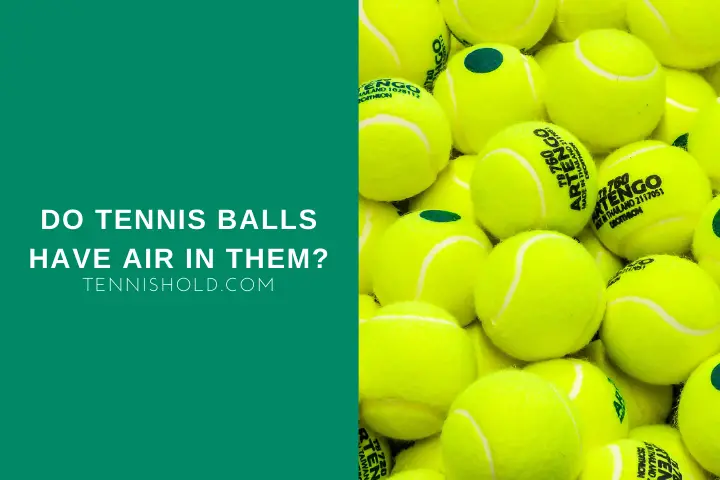I bet most tennis players don’t even know what’s inside of the tennis ball. How many layers and what materials they are made from.
But, this is essential to understand why the ball bounces at all.
Tennis balls have one main disadvantage.
They wear out much faster than other sports balls. In tennis, the laws of physics play an important role and affect the condition of balls and rackets visibly.
Generally, tennis balls are filled with air, nitrogen, or a mixture of both. Because of that, the ball is hard, elastic, and reacts to ground and racket forces. Some balls have a rubber core and are gas-free.
Tennis balls we use to teach children in our club have different characteristics in air pressure.
For example, red balls, which we dedicated to the youngest talents, are 75% pressure reduced. This way, it’s effortless to start playing tennis and learn in the right conditions.
In the next stages, before the standard yellow ball, there are orange and green balls. The orange balls are pressured 50% less, and the green balls are pressured 25% less.
What they all have in common is the air inside.
What Is The Structure Of The Tennis Ball?

The tennis ball consists of two components, that is a core and a felt.
The core is created by two rubber hemispheres glued together. They create an empty space that is filled with air or gas in pressurized balls.
Usually, the rubber surface is plain on both sides and covered by a felt from outside.
The way the ball bounces is affected by the core quality. The rubber used in production differs so does its thickness.
The bottom line is, the ball’s weight and durability depend on both of these factors and the production process itself.
For example, brands like Wilson and Penn are known for making highly-reputed balls.
An external part of their balls is the felt which is made from wool and nylon fibers. It protects the core from external damages and allows the racket strings to add spin to the ball.
Each tennis ball consists of two pieces of felt which are glued and expanded in the steaming process.
The felt wears out because it’s constantly rubbed by the racket strings and the court surface.
The balls will end in the bin right after if you hit hard for two hours on hardcourts. But amateurs would enjoy them for weeks without a doubt.
Typically for tennis, all standard adult balls are yellow. This makes them more visible on all types of the court.
All in all, yellow balls have replaced white balls back in the 1980s.
Do Tennis Balls Have Gas Inside?

Generally, tennis balls have gas inside, but not necessarily.
Most balls available on the market are filled with either air or nitrogen. These balls are called pressurized and come in airtight cans.
The manufacturers usually use one particular gas and sometimes a mix of both to pressurize tennis balls.
Depending on the gas inside, the balls behave differently. Economically, air-filling brings a lower cost of production. But it isn’t suitable for the ball’s playing characteristics.
Because of the gas-pressurized structure, canned tennis balls provide excellent playability and comfort.
It can’t be compared to any other type of ball. But, their lifespans are very short.
Some days you might want to play with pressureless balls as an alternative to pressurized balls.
Their core isn’t hollow as in pressurized balls. Instead, it’s made entirely from rubber, extending the ball’s lifetime up to around two years.
Pressureless balls are a great solution in coaching children or adults.
You don’t have to exchange them every 2-3 months, and you can still enjoy decent characteristics.
Have in mind though, that pressureless balls don’t offer the same bounce quality and feel. Also they are heavier and make annoying dull noises.
Is Air Inside What Makes A Tennis Ball Bounce?

Yes, the ball bounces off the racket stringbed and off the ground because of the inner gas.
When the ball is squeezed at the contact, the gas molecules expand to recover the core’s volume. The faster molecules move inside, the bouncier the ball becomes.
In fact, it affects both high vertical bounce and speed.
Keep in mind that the gas leaks out of the ball as time goes by.
For this reason, pressurized balls always arrive in airtight cans. As soon as you open the can, you trigger the process when the balls start becoming flat.
Then, with every contact with the court or the racket, more and more gas leaks from the core.
The sealed can keeps the pressure inside the balls 2 times the pressure of the atmosphere.
This ratio makes the ball bounce nicely.
But, if the pressure inside the core decreases to 1 atmosphere, the ball is flat and becomes useless.
Remember when I said that manufacturers use nitrogen inside?
They do it because the nitrogen particles are bigger and move slower than air, so the balls remain elastic for longer.
There is somewhat a discussion as not everyone finds it beneficial, claiming that the durability is not notably higher.
Another approach used to keep balls “alive” is to manipulate their temperature. This is especially the case for Wimbledon.
In lower temperatures, molecules move at a slack pace and don’t tend to leak from the core as fast.
Note that the balls’ playability decreases too, so if you decide to put them in a fridge, make sure to take them out before practice, so the balls can return to normal temperature.
On the other hand, if you play at high altitudes or in the heat, the balls go crazy.
You would have serious problems with handling the speed and the bounce in such conditions.
So, as you see, neither too low nor too high temperature is good for the tennis ball performance.
Also read: Why Are Tennis Balls Numbered?
Final Words
I am very sentimental about tennis balls. So I collected many of them and stored them to create a private museum one day.
Some of them are almost new from the outside, but they are soft like a sponge.
It’s natural for the tennis balls to leak gas.
Even though the materials used to produce tennis balls are highly advanced today. After all, the pressured gas always finds the way out to leave the ball non-functional.
There are some smart solutions to consider.
Maybe, it’s worth starting to play with pressureless tennis balls if you spend full-time on the court.
Alternatively, buy a gadget called a “tennis ball saver” which repressurizes used tennis balls.
Finally, if you prefer to stick with new canned balls, order larger quantities so you can get a lower price per unit.
Did you know before that tennis balls have either gas or rubber inside?
Have you ever kept using tennis balls until they broke?

